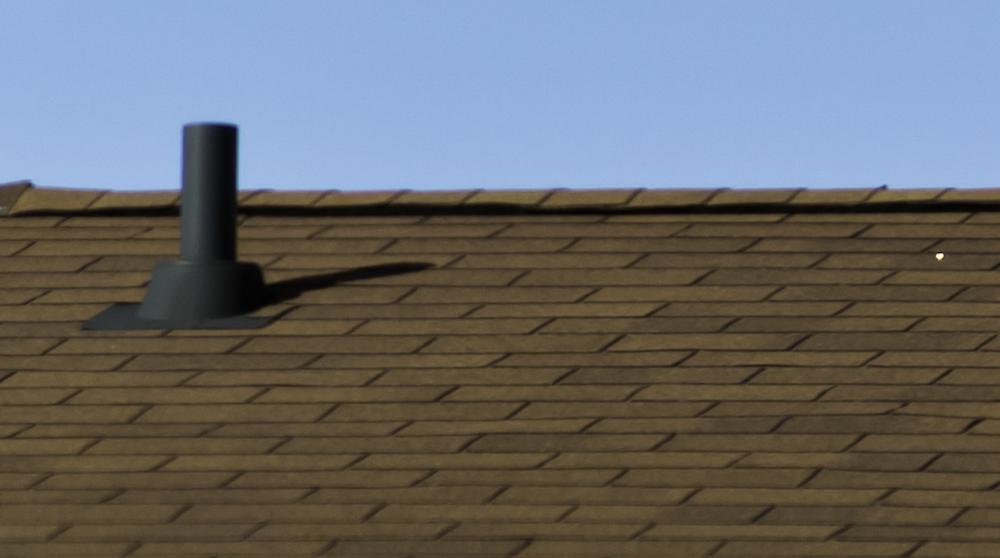Q: I had the opportunity to tour a house under construction. All of the plumbing drain lines were in, but I also saw all sorts of other extra pipes that connected to the drain pipes and eventually combined and went up through the roof. It got me thinking: What are these pipes, and why were they installed? Do I have these same pipes in my home? It seems like a lot of wasted pipe to me.
A: It can really be eye-opening to see the framing, wires, pipes and other service elements in a home before the skin of drywall or plaster is applied. You’d be stunned to discover what’s just on the other side of that smooth coating if you had x-ray vision.
When I first got into the building business, I gravitated to carpentry, plumbing, electric and roofing. All of those things were of great interest, but plumbing cast a long-lasting spell on me. I really enjoyed the challenge of the three-dimensional problem-solving you have to do to run all the drain and vent pipes in a typical home.
I wondered how it all worked, and I was lucky enough to work in many old homes where I saw how long-gone master plumbers had installed giant cast-iron pipes. You often could still smell the oakum oil-soaked hemp used to pack the joints before they poured the molten lead to make the joints watertight.
It’s easy to make the mistake of thinking that indoor plumbing has been around for centuries. The truth is, indoor plumbing is one of the newer innovations in building. It wasn’t until the late 1800s that people made the connection between common diseases and the lack of sanitary conditions in crowded cities. Once that happened, plumbers gained the stature of doctors — plumbers could keep you healthy, too, by making it possible to pipe harmful waste away from your home.

It didn’t take long for plumbers to figure out something you might not have paid much attention to back in high school physics class. I’m talking about the Venturi effect. When water rushes down a pipe and it passes an empty pipe, the moving water can create a vacuum.
AdvertisingIf you don’t install vent pipes at each fixture in a plumbing system, the Venturi effect comes into play. Bad things can happen when you flush toilets, drain a tub or do laundry. The water rushing and cascading through the pipes can suck the water out of the U-shaped traps under your sinks, tubs, floor drains and showers. When this happens, vermin can crawl into your home, and sewer gas can enter as well.
The plumbers of old quickly discovered a plumbing system needs to breathe in air just like we do. You can demonstrate this quickly with a plastic water bottle. Fill the bottle with water and turn it upside down. The water will glug-glug-glug out of the bottle. There’s a battle going on between the water and the air outside the bottle. Air is struggling to get into the bottle to replace the water that’s emptying out.
Now do the same thing, but poke a very small hole or cut a thin slit in the bottom of the bottle. Then turn it upside down. The water drains from the bottle freely because air can enter the bottle through the small vent hole or slit you created in the bottle.
That vent pipe on your roof is doing the same thing as the hole you cut into the water bottle. It’s where the air is sucked down into the plumbing system each time you drain water from a fixture. You can connect the vent pipes from all of the plumbing fixture in your home to one simple pipe that exits the roof, or you can have several vent pipes pop through the roof to minimize the amount of connecting pipe you need.
Plumbing vent pipes have to be sized correctly, and they need to have a slope to them to drain any condensate back to the drain pipes. Vent pipes should be installed with the same skill and care as drain pipes.
Tim Carter has worked as a home-improvement professional for more than 30 years. To submit a question or to learn more, visit AsktheBuilder.com.
Tim Carter